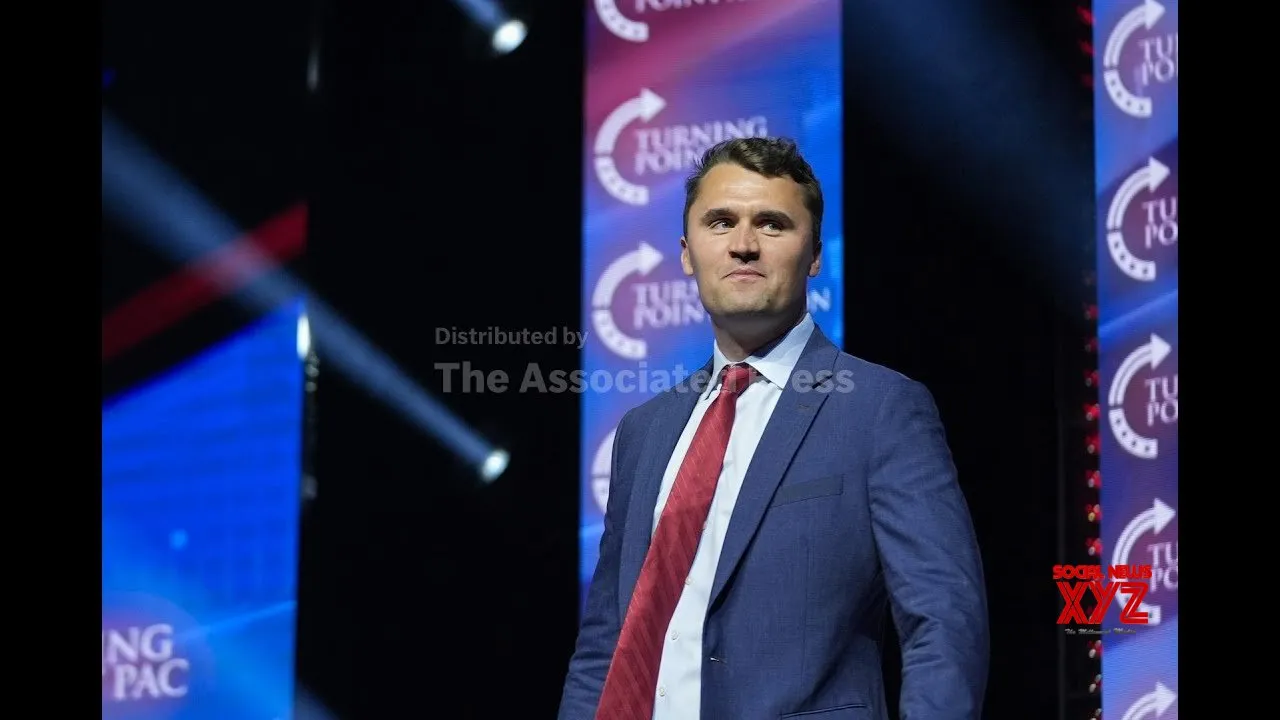
Most leaders think that the real influence lies in their words. They sweat over keynote speeches, polish slide decks and rehearse lines until they sound flawless. But here’s the truth: People don’t judge leaders only by what they say; they judge them by whether the words match the delivery.
Tone. Posture. Presence. All of it speaks louder than the script.
That’s why leaders “tell on themselves” every day without realizing it.
I’ve seen it firsthand in boardrooms and consulting sessions. A leader can deliver the sharpest strategy update, but if their tone is shaky or their body language contradicts the message, trust diminishes. On the other hand, when their voice, posture and words are in sync, the message feels natural. People pay attention, trust builds and authority comes across without effort.
This is the hidden side of communication, and it’s the real difference between leaders who inspire confidence and those who never seem to be fully heard.
Related: How Positive Body Language Improves Your Public Speaking
The myth of the perfect words
We’ve been trained to obsess over words. Leadership programs teach us to hunt for the perfect phrase that will spark action. But science tells a different story.
Dr. Albert Mehrabian’s well-known 7-38-55 rule breaks it down like this: When conveying feelings and attitudes, a listener’s perception of the message is influenced by 7% spoken words, 38% tone of voice and 55% body language.
That doesn’t mean words don’t matter. But it does mean words lose their edge when actions do not reinforce them. Imagine a leader announcing, “We’re confident in our strategy.” If they’re slouched, monotone and staring at the floor, nobody hears confidence. They hear doubt. The message dies before it even lands.
When delivery (body language and tonality) and words don’t align, people instinctively trust the delivery. And usually, the delivery tells the real story.
Why humans catch inconsistency so fast
We’re wired to detect the gap between words and signals. For thousands of years, survival depended on spotting subtle cues of danger or deception. That wiring hasn’t gone away. We still prioritize tone, posture and facial expression over language.
This is why leaders “leak” their real state in high-stakes moments. A nervous system on overdrive shows up as fidgeting, micro-expressions or a wavering voice. You can rehearse every word perfectly, but if your presence says, “I don’t believe this myself,” people will notice. And in leadership, nothing weakens influence faster than doubt.
The Rolls-Royce vs. Mazda effect
Imagine arriving at a luxury property in a modest car, like a Mazda. The agent may subconsciously assume you’re a window shopper. But if you show up in a Rolls-Royce with a driver, you’re instantly seen as a serious buyer.
Leaders carry that same “vehicle” into every room. Instead of a car, it’s their presence that they have; posture, gestures, tone and attire. Before they say a single word, people are already forming conclusions: confident or uncertain, credible or shaky.
And once that first impression is set, the words that follow either reinforce it or fight a losing battle against it.
Related: How To Be Persuasive With Your Body Language
The traps leaders fall into
Most leaders don’t sabotage their influence on purpose. But I’ve seen these common traps sink messages again and again:
Over-relying on words: Assuming a polished script will carry the weight.
Contradictory gestures: Saying “we’re strong” while unconsciously stepping back.
Unaware tone: Delivering bold ideas in a hesitant voice.
Over-fawning: Trying so hard to be liked that authority dissolves.
None of these is about intelligence. They’re about alignment. People trust what feels congruent, not just what sounds smart.
How to build congruence
The good news is that congruence isn’t some mystical gift. It’s a skill that leaders can develop. At its core, it means making sure your words, tone and body language all send the same message. Here’s a practical starting point:
Audit yourself. Record a message you plan to deliver and watch it back in detail. Pay attention to whether your tone, gestures and posture actually reinforce the words you’re saying.
Anchor your posture. Keep your shoulders open, your stance steady and your movements deliberate. Avoid stepping back or closing off physically, especially when making strong points.
Work on your tone. Practice using variety in your pitch, pace and emphasis. A flat or monotone delivery can drain conviction from even the strongest message.
Regulate your nervous system. Before stepping into a high-stakes moment, take time to reset your body. Deep breathing or a brief walk can reset your state. “Slow breathing techniques act to enhance autonomic, cerebral and psychological flexibility … related to emotional control and psychological well-being.”
Become the standard. The last, but most important, step is to become the person that you want to communicate as. In other words, the easiest way to talk like an elite leader, with good posture and great tonality, is to become that elite leader. This can simply (not easily) be done by consistently doing what you say and living to a higher standard.
Why it matters
Leadership is less about what you say and more about how people experience you. Trust doesn’t come from perfect words but from alignment. When words, tone and body language all point in the same direction, people feel it’s genuine, and that’s where absolute authority is built.
In high-stakes moments like investor pitches, media interviews or company announcements, even the smallest misalignment can change how you’re perceived. That’s why the most effective leaders treat congruence as a daily practice, not something they only think about when the spotlight is on.
Related: Your Words Only Tell a Fraction of the Story — Here’s Why Tone and Body Language Actually Matter More
Final thoughts
Words matter. But words alone don’t lead.
The leaders who leave a lasting influence aren’t the ones with the cleverest phrases. They’re the ones who make every word feel true because their tone, posture and presence back it up.
In leadership, you’re always communicating, even in silence. So the real question isn’t just: “What will you say next?” It’s: “What are you already saying without realizing it?”



